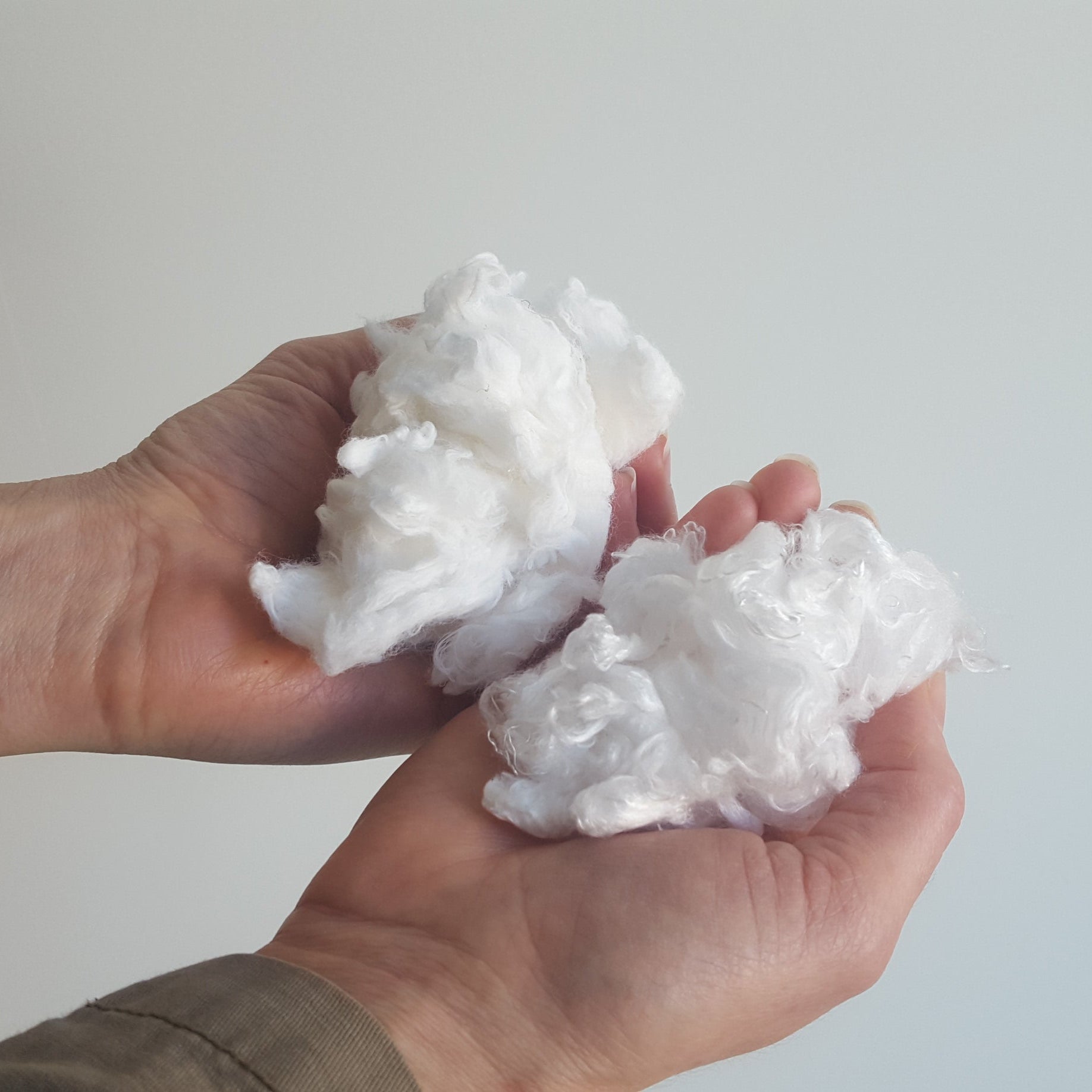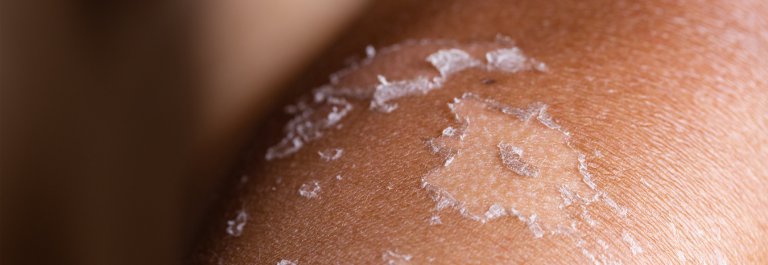Pityriasis rosea is a common skin rash that often begins with a distinctive 'herald patch' followed by a widespread rash. Characterized by itchy skin and scaly rashes, it typically affects young adults and tends to resolve on its own within a few weeks.
In this blog, we're going to explore:
-
How pityriasis rosea is diagnosed and its typical rash presentation
-
The most effective treatments to relieve symptoms
-
Lifestyle considerations and tips for managing the rash and minimizing skin discoloration
If you or someone you know has recently noticed a rash resembling a Christmas tree pattern or is experiencing persistent itching, read on to learn how to manage pityriasis rosea effectively.
What Is Pityriasis Rosea?
Pityriasis rosea is a common skin condition, often referred to as "Christmas tree rash." A typical pityriasis rosea rash usually starts with a single patch called the "herald patch." This patch is slightly raised, oval-shaped, and pink or red. It often shows up on the neck, upper arms, or thighs. After this, smaller patches appear, typically spreading out on your back and chest in a pattern resembling a Christmas tree.
How Do You Get Pityriasis Rosea?
Doctors aren't exactly sure what causes pityriasis rosea, but it may be triggered by an infection with a virus, possibly related to certain strains of the herpes virus. However, it's not caused by the herpes simplex virus that causes cold sores. Additionally, pityriasis rosea is not contagious — it can't be caught by someone else. Having family members who have had pityriasis rosea may slightly increase your chances of developing it, but the exact risks aren't fully understood.
To give you a pityriasis rosea diagnosis, a doctor who specializes in skin disorders will look at the rash and its pattern. Sometimes, they might do a skin sample test or blood work to make sure it's not another skin problem. The rash can occur on all skin types, but in darker skin, the affected areas may remain darker even after the rash has cleared.
How to Treat Pityriasis Rosea
Most of the time, pityriasis rosea resolves on its own within a few weeks without treatment. But the itching can be annoying or keep you from sleeping. Using simple home remedies and adopting healthy habits can make the rash easier to live with and help it disappear.
Here are some ways to feel better:
Treat the Itch
To alleviate itching and manage symptoms, consider using calamine lotion or other anti-itch creams. Taking oral antihistamines can also help, especially if the itch keeps you awake at night. Avoid scratching to prevent the rash from worsening or causing an infection.
Moisturize Daily
Keeping the skin hydrated is a great way to find itch relief. A great option is the Nourish + Hydrate Manuka Balm. This ultra-gentle balm combines rich, raw Manuka honey with sunflower oil to strengthen your skin's barrier and camellia seed oil for deep hydration. It also includes Lactobacillus ferment, a natural postbiotic that supports a healthy skin microbiome.

Avoid hot water
Hot showers or baths can dry out your skin, exacerbating the itching. Instead, use lukewarm water to keep your skin moist and calm. This Dry Body Brush can enhance your showering experience, boosting circulation and promoting natural cell turnover. After bathing, gently pat your skin dry instead of rubbing it.
Opt for Natural Soaps
Harsh soaps with strong fragrances or chemicals can irritate your skin and exacerbate the rash. Choose gentle, natural soaps or cleansers, such as this Gentle + Balanced Coconut and Sunflower Oil Soap Bar that won't strip away your skin's protective oils. This helps maintain a healthy skin barrier.
Improve your Diet
Eating a balanced, anti-inflammatory diet with plenty of fruits, vegetables, and healthy fats — such as those found in oily fish — can support your skin's healing. Try to avoid processed foods, fried snacks, and excessive sugar, as these can increase inflammation and slow down recovery.
Taking Care of Your Skin and Lifestyle Tips
Pityriasis rosea isn't contagious and usually doesn't cause problems. But you can help your skin heal by:
-
Avoiding tight clothes and sweating a lot, which can make itching worse
-
If you're pregnant, check with a skin doctor early to find safe treatments
-
Using gentle skincare to help fade any dark spots left after the rash
-
Eating well and drinking enough water to support skin healing
If your rash lasts a long time, worsens, or you experience other symptoms such as fever or sore throat, consult a doctor.
When to See a Skin Specialist
If you're unsure whether it's pityriasis rosea or if the rash appears differently (such as large patches or spreading to unusual areas), a dermatologist can help. They might conduct tests to confirm and suggest stronger treatments if necessary.
Soothe your Pityriasis Rosea Rash Today
Pityriasis rosea can be uncomfortable but typically resolves on its own without leaving scars. Knowing how to treat symptoms and care for your skin can make it easier to manage.











